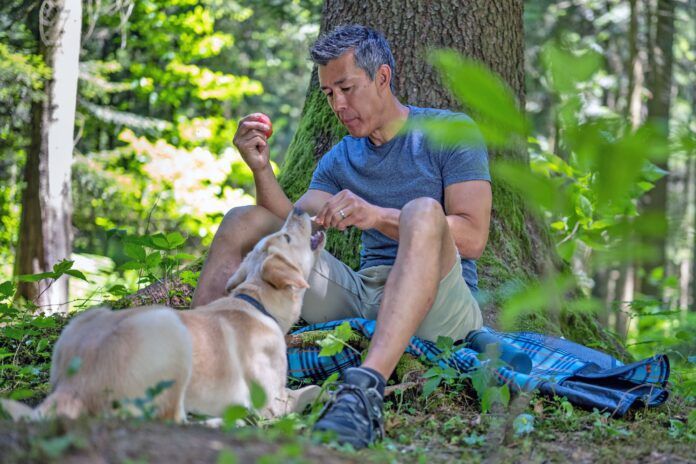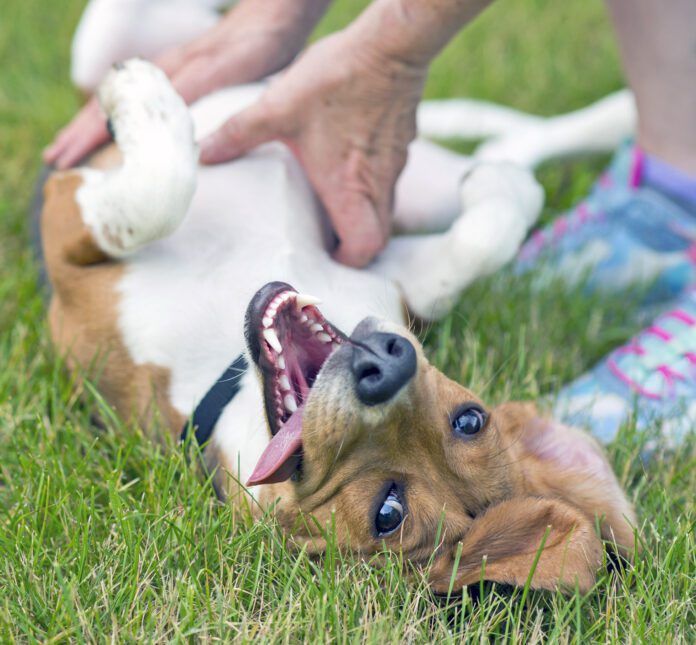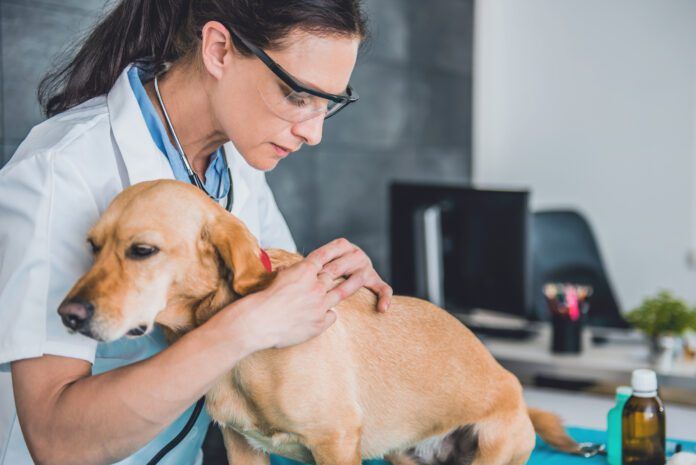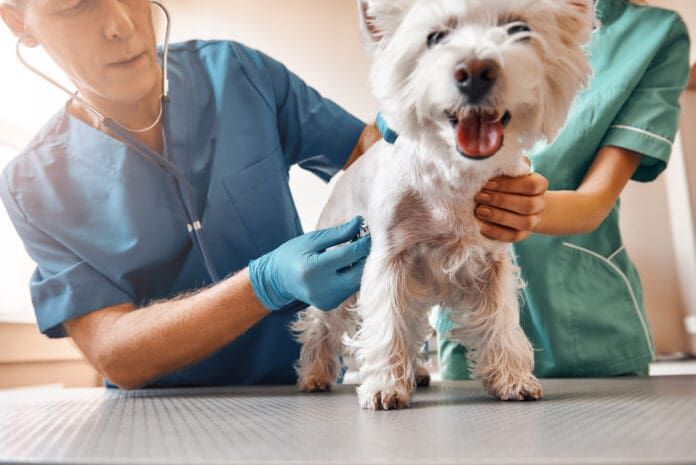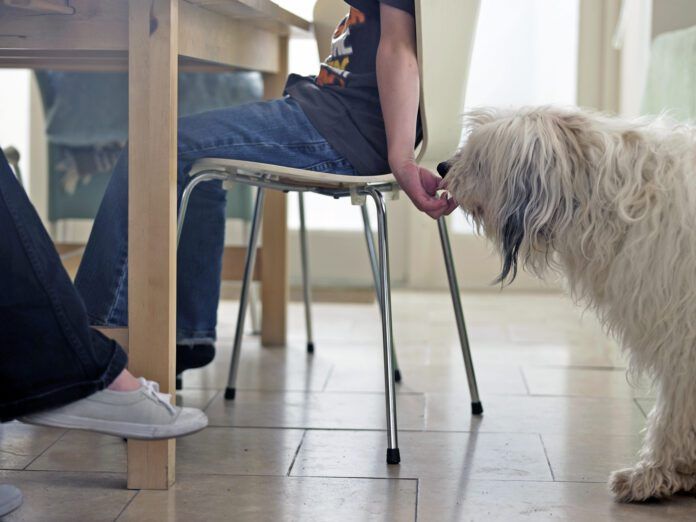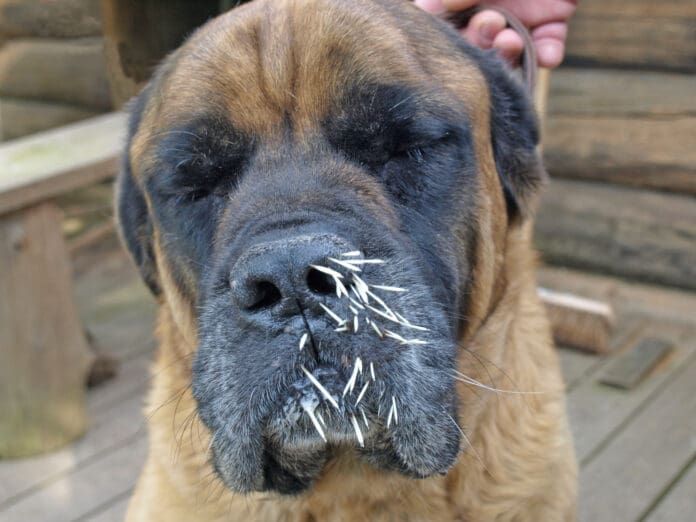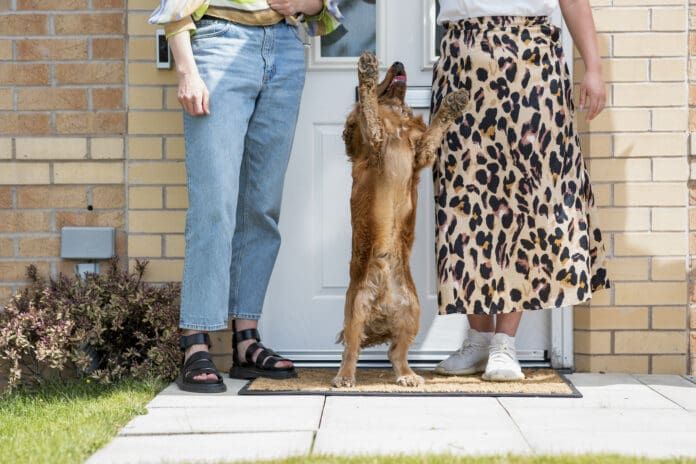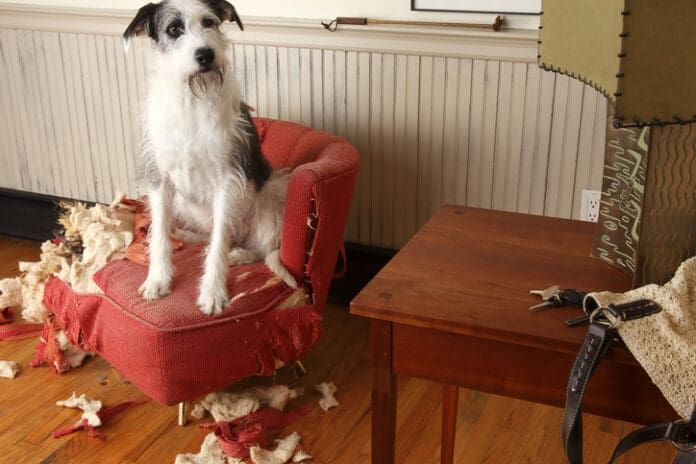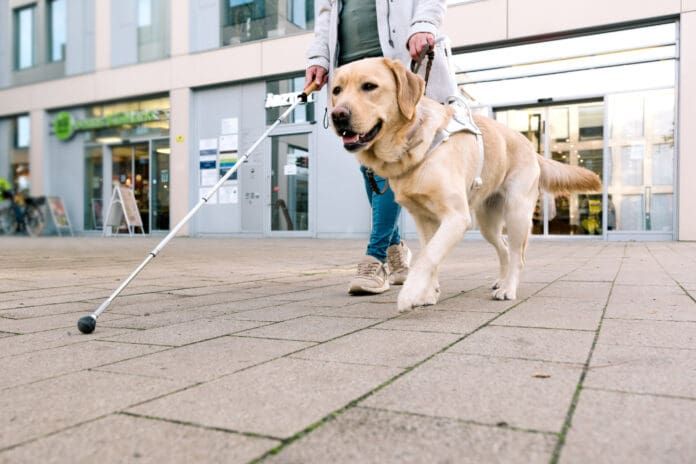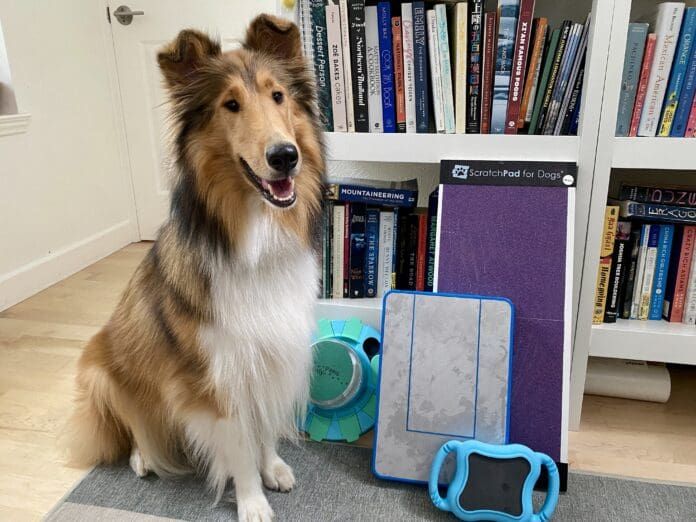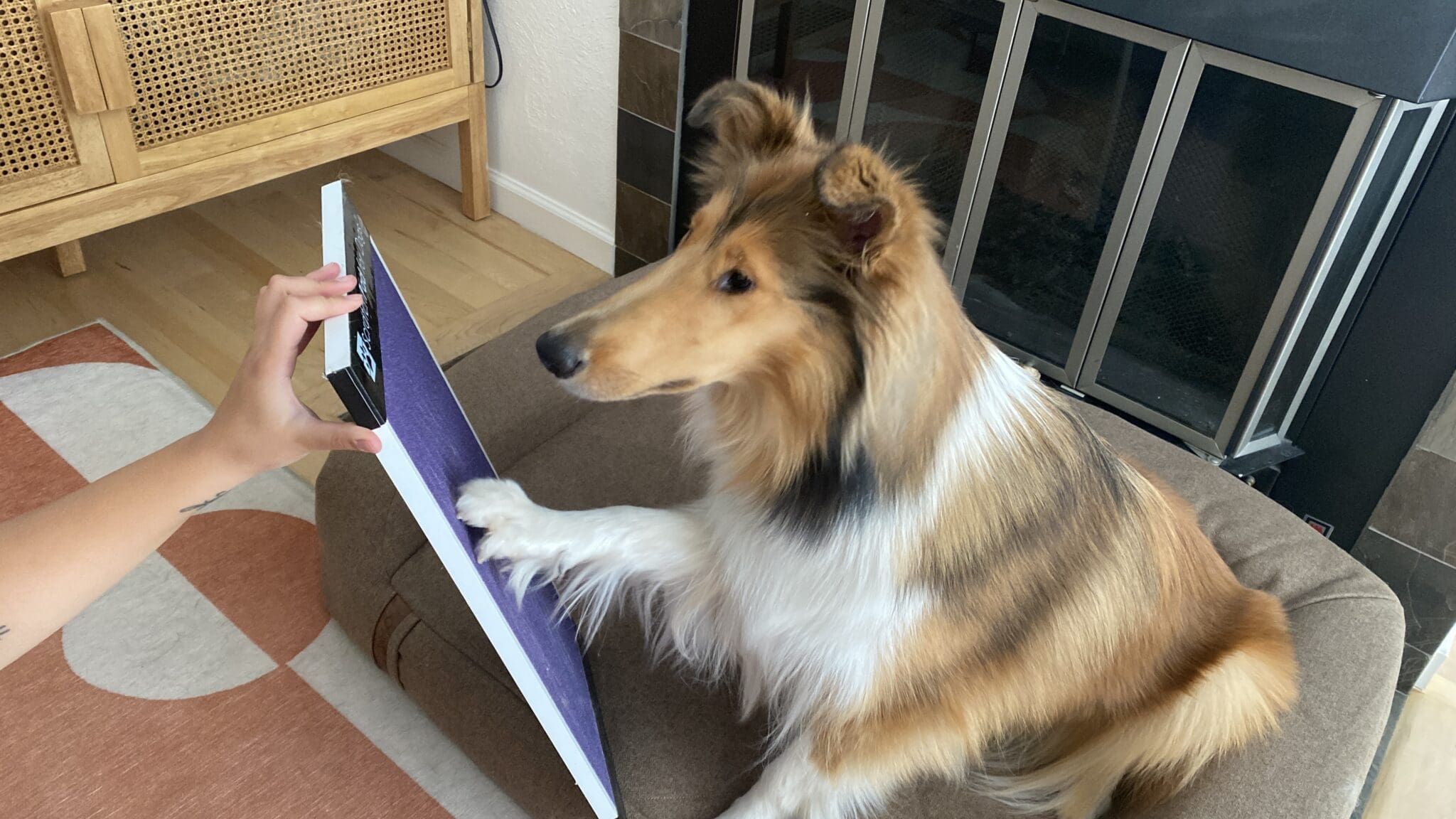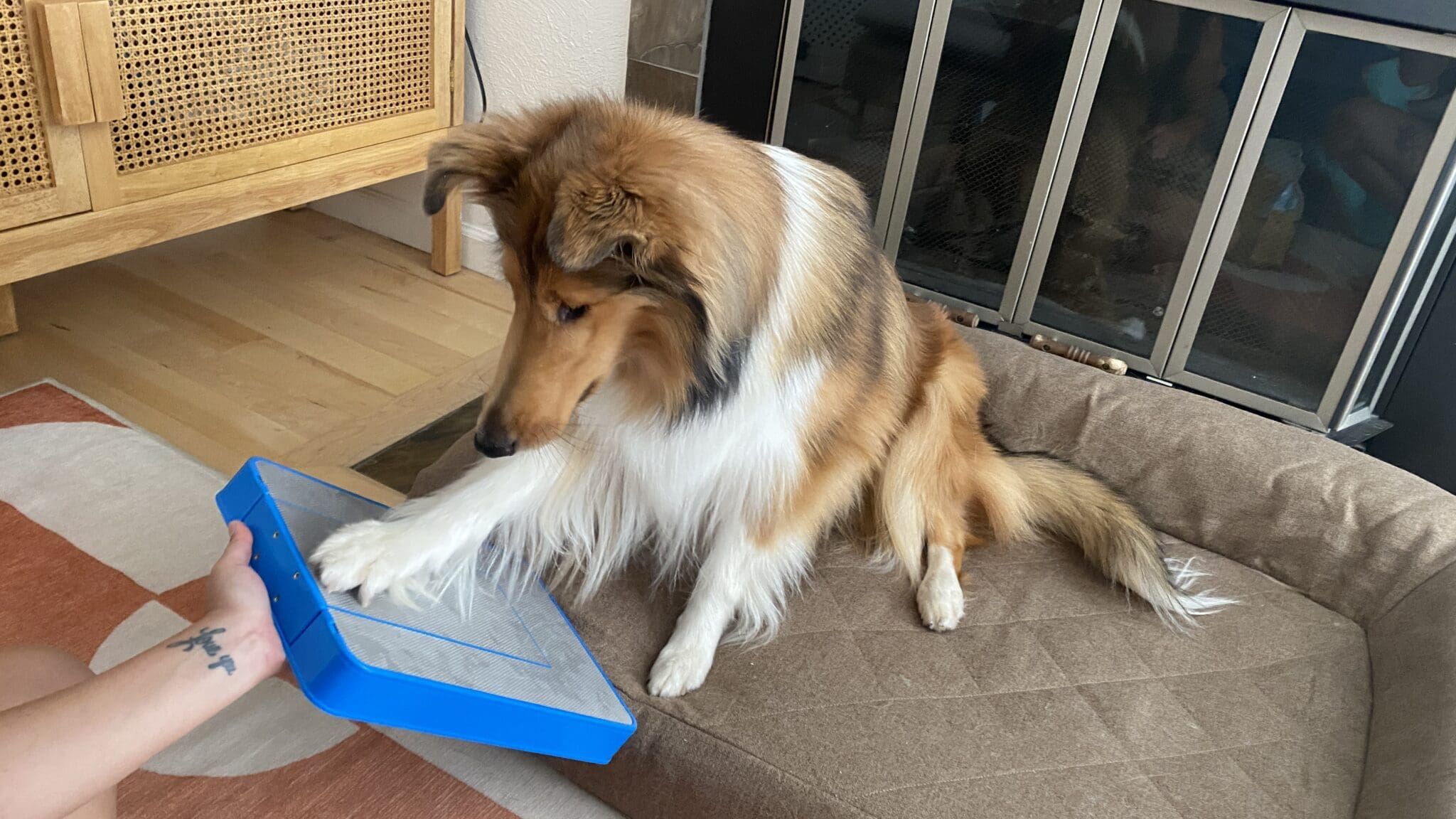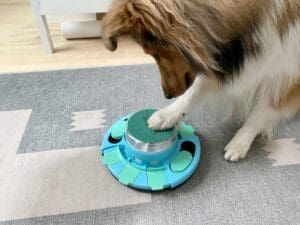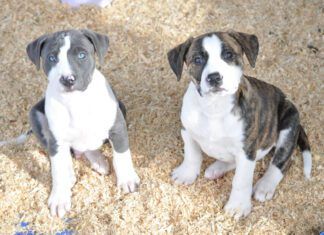I’m asked from time to time why we don’t include foods from giant dog food companies such as Mars PetCare (whose products include Royal Canin and Pedigree), Purina (who makes ProPlan as well as Dog Chow and Purina One), or Hills (Science Diet et. al.).
It might make the most sense for me to formulate a response in terms of pros and cons of feeding products from these corporate giants.
Pros:
- Competitive pricing. These companies are global giants, with massive purchasing power and extensive manufacturing capabilities, so they are able to produce high volumes of product at a lower cost than smaller companies. Their products can be offered at lower price per pound than products made in smaller facilities. (However, in some cases, these saving may be offset by the enormous cost of marketing and research and development.)
- Top-quality, professional processing. The dog food giants can afford to hire and retain a well-trained work force, and constantly upgrade their manufacturing facilities. Their plants are uniformly clean and well maintained, and usually have extensive in-house labs for running very frequent quality-control tests.
- A plethora of R&D. The big companies maintain kennels of dogs (and cats) and teams of veterinarians and vet techs so they can test various diets and dietary innovations in feeding trials of their products’ taste, color, shape, and size, as well as the diets’ digestibility and ability to maintain the intended consumers’ health. They are more or less constantly tinkering with various ingredients (in order to maximize the products’ performance while minimizing their cost).
Cons:
- Price pressure and global sourcing of ingredients can lead to inclusion of sketchy ingredients. Those of you who were pet owners in 2007 will immediately know what I’m talking about (the 2007 pet food recalls). The inclusion of less-expensive ingredients from China that had been adulterated with melamine and cyanuric acid (which artificially boosted the estimated amount of protein in the ingredients) led to the deaths and serious injuries of countless dogs and cats—perhaps in the thousands. An estimated 5,300 products were recalled as tests revealed the scope of use of the contaminated ingredients. Most of the largest pet food companies in the U.S. and Canada had multiple (sometimes hundreds) of recalled products; products were also recalled in South Africa and Europe. For months, as the extent of this disaster expanded, we held our breath, waiting to see whether any of the foods on our “Top Dog Foods” lists would be implicated—and none ever were. This strengthened our appreciation of smaller pet food producers who are committed to high-quality ingredients.
- The largest pet food producers almost uniformly use already processed food by-products in the foods that they further process. Many of the dry foods made by the global pet food giants are made with meat meal only (without the inclusion of fresh or frozen meat) and/or meat by-product meal. Meat meals and meat by-product meals are already made through a fairly intense process—and then mixed with other ingredients into a dough that gets baked, or more commonly, cooked via high temperature and pressure in an extruder. Many of the carb sources used by these companies are by-products from human food manufacturing, such as tomato pomace, citrus pulp, beet pulp, brewers rice, etc. These ingredients may play a useful functional role in the formula (in addition to their nutrient content), such as providing useful fiber—but a whole ingredient, included without previous processing, may supply greater nutritional benefits. Given the potential for contamination, and the loss or degradation of nutrients that can occur with each processing step, we prefer products that include whole ingredients.
- The largest producers tend to use lower-cost, lower quality sources of various nutrients. For example, beef fat is one of the lowest-cost ingredients available as a fat source for dog food, and it appears in many Pro Plan foods. Plant proteins, in the form of soybean meal, rice gluten, corn gluten, and wheat gluten, are commonly used by these food makers to support the amount of protein supplied by animal protein sources, which have superior amino acid profiles for canine nutrition. Some Royal Canin foods have corn as their first ingredient, rather than an animal protein!
- All of the large food producers make their products in enormous This means, if there is a problem with an ingredient or formula, it can potentially affect many more dogs before the problem is identified and the product recalled.
Smaller Is Not Always Better
But don’t get me wrong; there are benefits and risks of buying products from smaller pet food makers, too. While they tend to use higher-quality ingredients, they sometimes lack meaningful control over the production of their products at third-party “contract manufacturers” or “co-packers”—or lack the resources to properly train or retain a reliable workforce or maintain clean facilities of their own. Production problems seem more common at smaller plants—but on the other hand, when foods are recalled, often the recalls affect only a small number of products, thanks to smaller production runs.
No Dietary Source Is Perfect
There is fairly clear scientific consensus that the least processed foods are healthier for every species of animal than highly processed foods. So many dog owners feel more comfortable making their dogs’ food themselves, with ingredients they have chosen. But if they aren’t equipped with reliable, well-researched recipes, or lack adequate knowledge of the dog’s unique nutritional requirements, they may unwittingly cause their dogs to develop nutritional deficiencies or imbalances that affect their health. There are risks and benefits of every way of feeding your dog (and yourself!).
Ultimately, you have to decide what you feel best about—and you have to watch your dog, with the understanding that nutrition does affect health. If you are aware of the hazards that could result from your choice, you can watch for signs of any acute adverse response to a food—or chronic signs that the diet isn’t maintaining your dog as well as another diet might.
And if your dog looks, seems to feel, and acts like a million bucks on his current diet—or, as we prefer, several foods that you rotate among—there may be no reason to change what you feed him.



